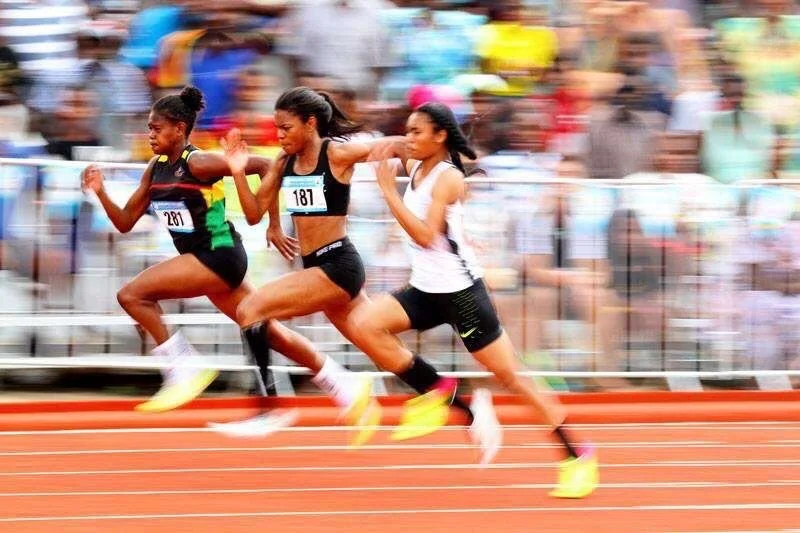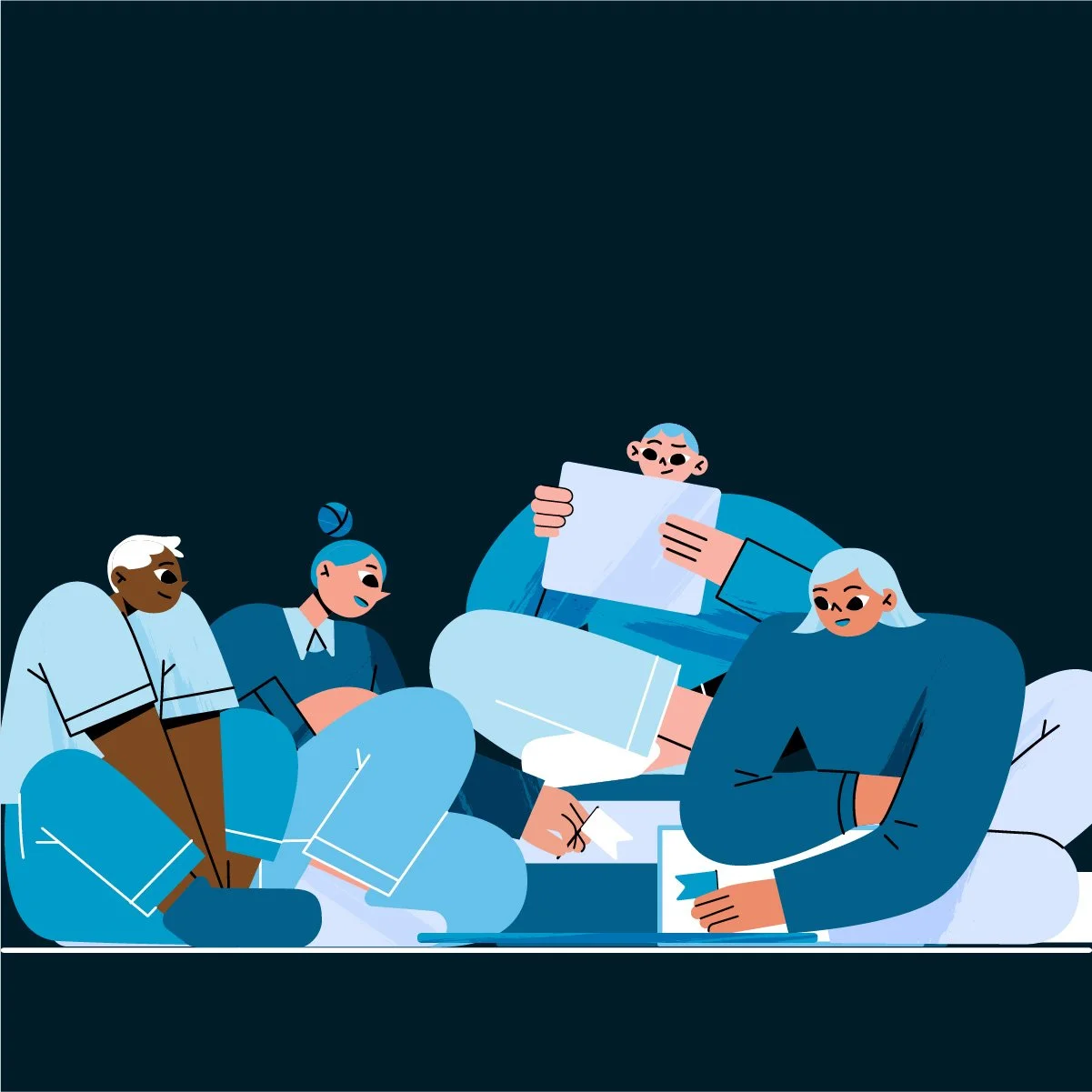future steps
Experience Pros and Cons
I can acknowledge that my experience as a designer, design researcher, and sprinter provided me with a unique perspective when undergoing this project. I feel it is important to reflect on the pros and cons of this perspective to give insight to current and future designers and design researchers who may be interested in following a similar path and process.
Pros:
Authentic Insight: My experience as a sprinter gave me an understanding of the challenges, needs, and goals of the users. This helped me approach the design process with empathy and a user-centered perspective.
Credibility with Users: I found that my background as a sprinter helped build trust with the codesigners. They likely felt more comfortable sharing their insights, knowing I could relate to their experiences.
Domain Expertise: My knowledge of sprinting, including techniques, terminology, and competition culture, helped me quickly identify nuanced user needs without a steep learning curve.
Cons
Bias Risk: There was a risk that my own experiences could influence the design, leading me to assume that my needs as a sprinter were representative of everyone’s. I had to remain mindful of this.
Limited Generalizability: While my perspective as a sprinter was valuable, it initially narrowed my focus, causing me to overlook the needs of users with different backgrounds or experience levels.
Balancing Roles: Switching between the roles of researcher, designer, and someone with lived experience in sprinting was sometimes challenging. I had to work to maintain objectivity.
Conclusions
The focus of my thesis project was to explore how emerging technologies can enhance training environments and improve coaching accessibility. The goal was to create a comprehensive tool that empowers athletes to reach new levels of performance, regardless of their access to traditional resources. Through collaboration with sprinters and conducting secondary research on user experience design and emerging technologies, I sought to identify athletes' unmet needs and develop innovative solutions to address their pain points
The outcome of this research led to the creation of a semi-functional app prototype. By engaging with sprinters in co-design workshops, conducting usability tests, and refining user flows, I gathered valuable insights into the challenges faced by athletes of all experience levels. These processes allowed me to develop a tool that personalizes training plans, incorporates performance tracking, and integrates user experience principles in a way that is intuitive and impactful.
One major takeaway from this project is the significance of user-centered design in creating truly effective tools. The feedback from athletes and the iterative process of refining the app revealed the importance of adaptability and addressing the specific needs of diverse users. This project demonstrated that by combining technology with real-world insights, it is possible to build solutions that not only meet athletes' immediate needs but also push the boundaries of what’s possible in training environments.
future steps
As I envision future steps for my thesis project, I recognize the importance of integrating insights from coaches to enhance the SprintSense app concept. Although I couldn't complete interviews with coaches due to great difficulty in recruiting them, I would like to explore integrating features that showcase the coaching perspective and address their needs.
I envision conducting co-design sessions with more sprinters to foster further collaborative innovation as these sessions could unveil fresh perspectives on training methodologies and emerging technologies in track and field sprinting.
I would be interested in how leveraging advancements in data analytics and wearable technology could further enrich the user experience, ultimately bridging the gap between sprinters and their coaches while promoting a more holistic approach to sprint training.



